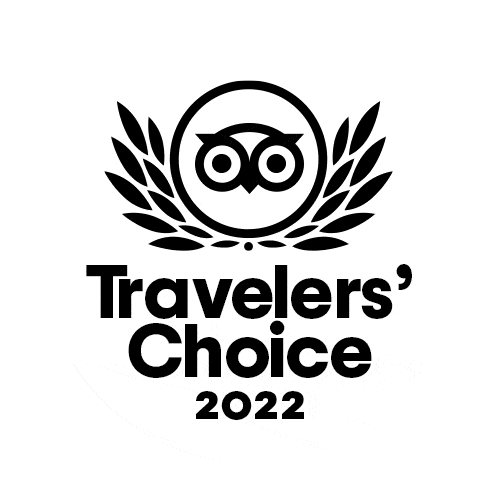Traveler Information – Coronavirus (COVID-19)
As of November 1: Costa Rica re-enables its air border to all countries in the world as long as they meet the visa requirements when required, as well as the requirements established in the framework of the pandemic.
Requirements to enter Costa Rica:
- Fill out the electronic epidemiological HEALTH PASS form, available at https://salud.go.cr.
- RT-PCR diagnostic test with a negative result; the sample must have been taken within 72 hours of travel to Costa Rica.
- Passengers coming from the U.S. must show through their driver’s license or state identification (State ID) that they live in one of the authorized states. This requirement excludes children travelling with their family. This requirement will be necessary until Nov. 1.
- Traveler’s Medical Insurance – international or purchased in Costa Rica through the National Insurance Institute (INS – Instituto Nacional de Seguros) https://www.grupoins.com/seguroparaviajeros, or Sagicor https://tiendasagicor.com/en.
For international insurance policies, tourists must request a certificate from their insurance company, issued in English or Spanish, verifying at least the following three conditions. (This certificate must be uploaded when filling out the electronic epidemiological HEALTH PASS):
- Effectiveness of the policy during the visit to Costa Rica.
- Guaranteed coverage of medical expenses in the event of becoming ill with the pandemic COVID-19 virus while in Costa Rica, for at least USD $50,000 (fifty thousand United States Dollars).
- Includes minimum coverage of USD $2,000 for lodging expenses issued as a result of the pandemic.
Passengers who fail to comply with these requirements may not enter the country.
Upon landing in Costa Rican territory, travelers must wear face protection and comply with the strict protocols of the air terminal with regard to physical distancing, disinfection of carpets, and taking temperature readings, and must follow any other sanitary instructions.
Tourists from authorized states may enter the country even if their route includes a stop at a destination that is not authorized, as long as they do not leave the transit airport.
To view a video with important U.S. entry information, click here: https://www.youtube.com/watch?v=MAc-cbzOhxM.
Procedures at Samasati Yoga and Wellness Retreat
Enhanced protocols
At the retreat-level, and in an abundance of caution, we have implemented several new policies and procedures beyond our already stringent health and safety protocols. These additional standards follow recommendations from the U.S. Centers for Disease Control and Prevention (CDC), and The World Health Organization (WHO). Additional activity includes:
Continuous communication with our staff to reinforce our sanitization safety procedures in both front-of-house and back-of-house areas.
Public surfaces such as front desk, restaurant counters, and dining tables are cleaned multiple times throughout the day. Public touchpoints, such as railings, door handles, and knobs, are also cleaned frequently throughout the day along with activities center areas and surfaces.
Hand sanitizer is located throughout public and back-of-house locations, such as reception, outlets, restrooms and work areas. Sanitizers are refilled and checked regularly.
Food at buffet restaurants is being presented and served in a manner that supports overall health and wellness.
All departments have implemented hand washing or hygiene procedures to take place multiple times during the staff shift. Staff is instructed as follows:
At the beginning of their shift on correct health and wellness procedures.
Supervised to wash hands before and after eating and before returning to a work area.
Restaurant staff is instructed to wash hands every hour or after every break before returning to their work area.
Proper procedures are posted in all back-of-house work areas and reinforced at daily briefings.
Prohibited from reporting to work with a respiratory illness that can be transmitted to others.
In addition to these measures, we encourage you to learn more about what you can do to travel more safely. The World Health Organization has several recommendations to reduce exposure to a range of illnesses, including hand and respiratory hygiene as well as safe food practices.


